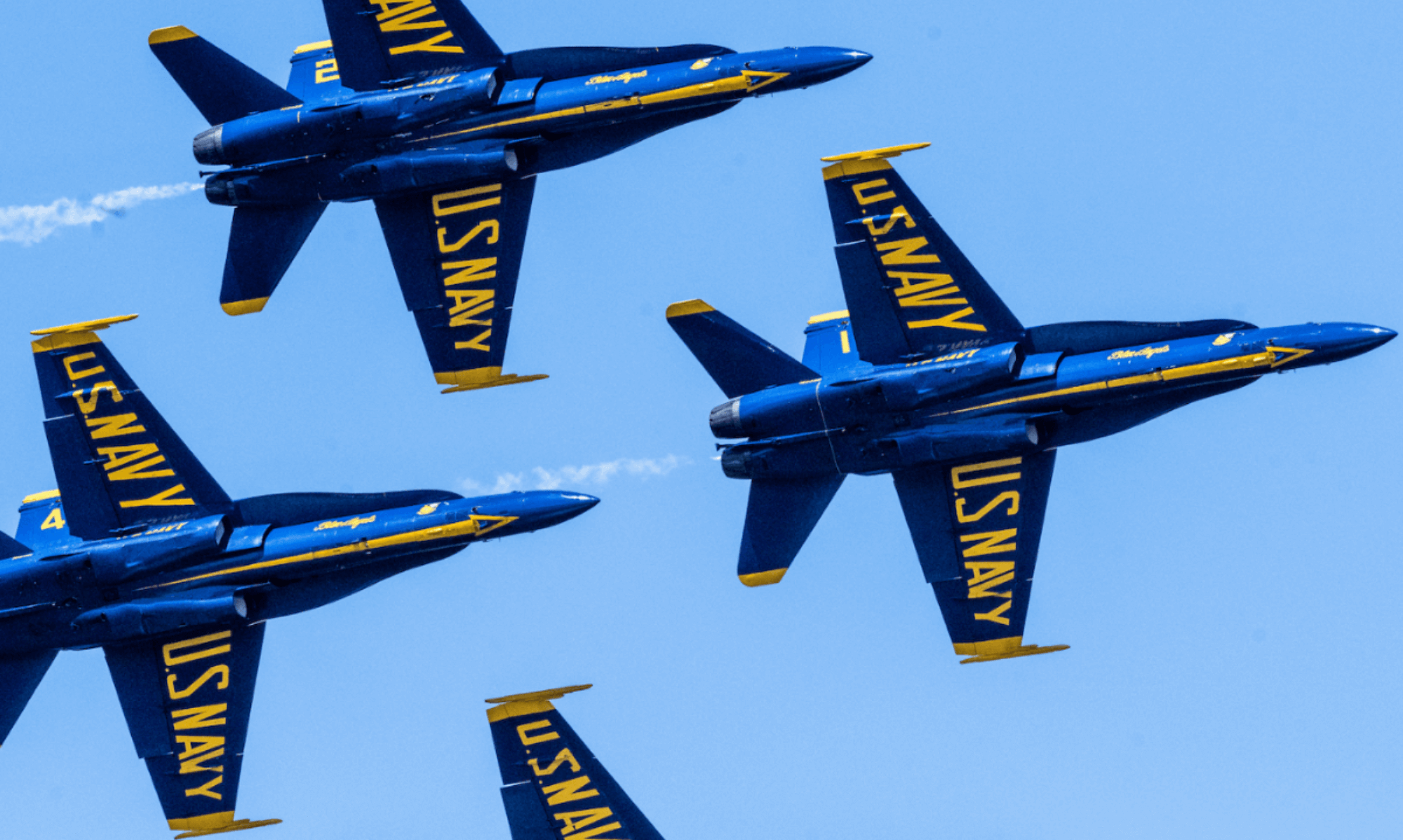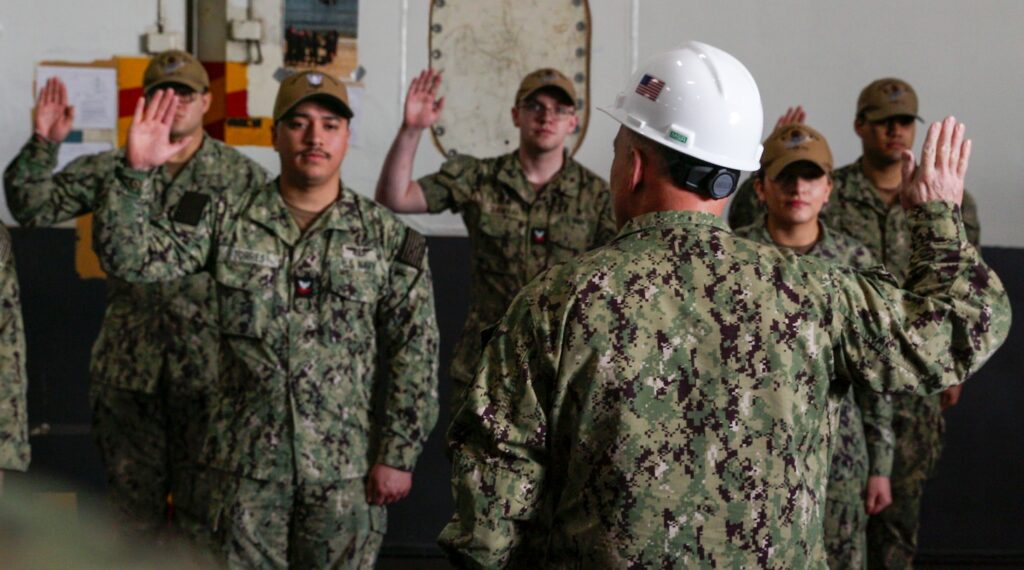As America celebrates Presidents Day today February 20, 2023, the editors and staff for the Americans for a Stronger Navy salutes those that have served our country with honor and distinction.
The United States Navy has a long and storied history, dating back to the American Revolution. Over the years, many Americans have answered the call to serve in the Navy, including several who would go on to become President of the United States. In this article, we will explore some of the U.S. Presidents who have served in the Navy.
John F. Kennedy
Perhaps the most famous Navy veteran to become President, John F. Kennedy served as a lieutenant in the U.S. Navy during World War II. He was commanding officer of PT-109, a patrol torpedo boat, when it was struck by a Japanese destroyer in the Pacific. Despite suffering injuries himself, Kennedy was able to lead his surviving crew to safety. This experience helped shape his leadership style and informed his foreign policy decisions during his presidency.
Lyndon B. Johnson
Lyndon B. Johnson also served in the Navy during World War II, where he was assigned to the South Pacific as a lieutenant commander. Johnson was part of a team responsible for planning and executing bombing missions against Japanese targets in the region. He was awarded the Silver Star for his bravery during a mission in which he flew as an observer on a B-26 bomber.
Richard Nixon
Richard Nixon served in the Navy during World War II as well, though his experience was somewhat different from Kennedy’s and Johnson’s. Nixon was initially rejected by the Army and Navy due to a knee injury, but he persisted and was eventually accepted into the Navy. He served as a supply officer in the South Pacific, where he earned the rank of lieutenant commander.
Gerald Ford
Gerald Ford served in the Navy during World War II and was a decorated veteran. He was commissioned as an ensign and served on the aircraft carrier USS Monterey in the Pacific. Ford was present at several major battles, including the Battle of the Philippine Sea, and was awarded several medals for his service.
Jimmy Carter
Jimmy Carter graduated with distinction from the Naval Academy in 1946 and served on the USS Wyoming before applying for submarine duty. He then served on the submarine SSK-1 as executive officer, engineering officer, and electronics repair officer. He was selected by Admiral Hyman G. Rickover to join the program to create nuclear-powered submarines and served on temporary duty with the Naval Reactors Branch in 1952-1953 to assist in the design and development of nuclear propulsion plants for naval vessels. Carter was promoted to lieutenant during this time.
George H.W. Bush
George H.W. Bush is perhaps the most distinguished Navy veteran to become President. He enlisted in the Navy on his 18th birthday and became the youngest pilot in the Navy at the time. He flew 58 combat missions during World War II and was shot down over the Pacific. He was rescued by a U.S. submarine and went on to serve as a Navy pilot during the Korean War. Bush went on to serve as Director of the Central Intelligence Agency and Vice President before being elected President in 1988.
In conclusion, the U.S. Navy has played an important role in shaping the lives and careers of many Americans, including several who went on to become President of the United States. From John F. Kennedy to George H.W. Bush, these Navy veterans brought their leadership skills and military experience to the highest office in the land. Their service to their country in the Navy undoubtedly helped prepare them for the challenges they would face as President.



